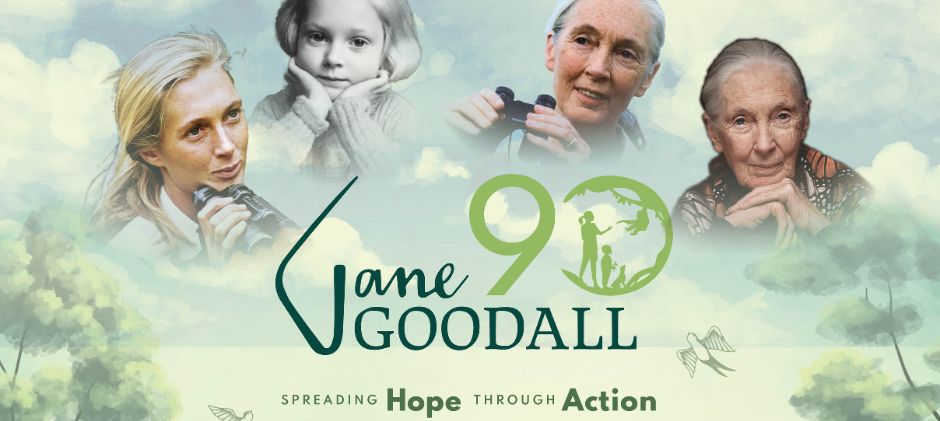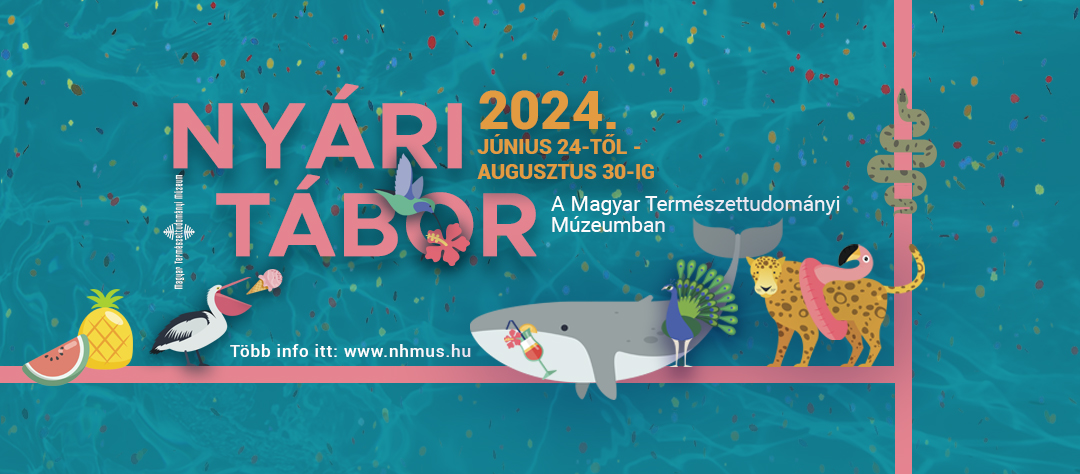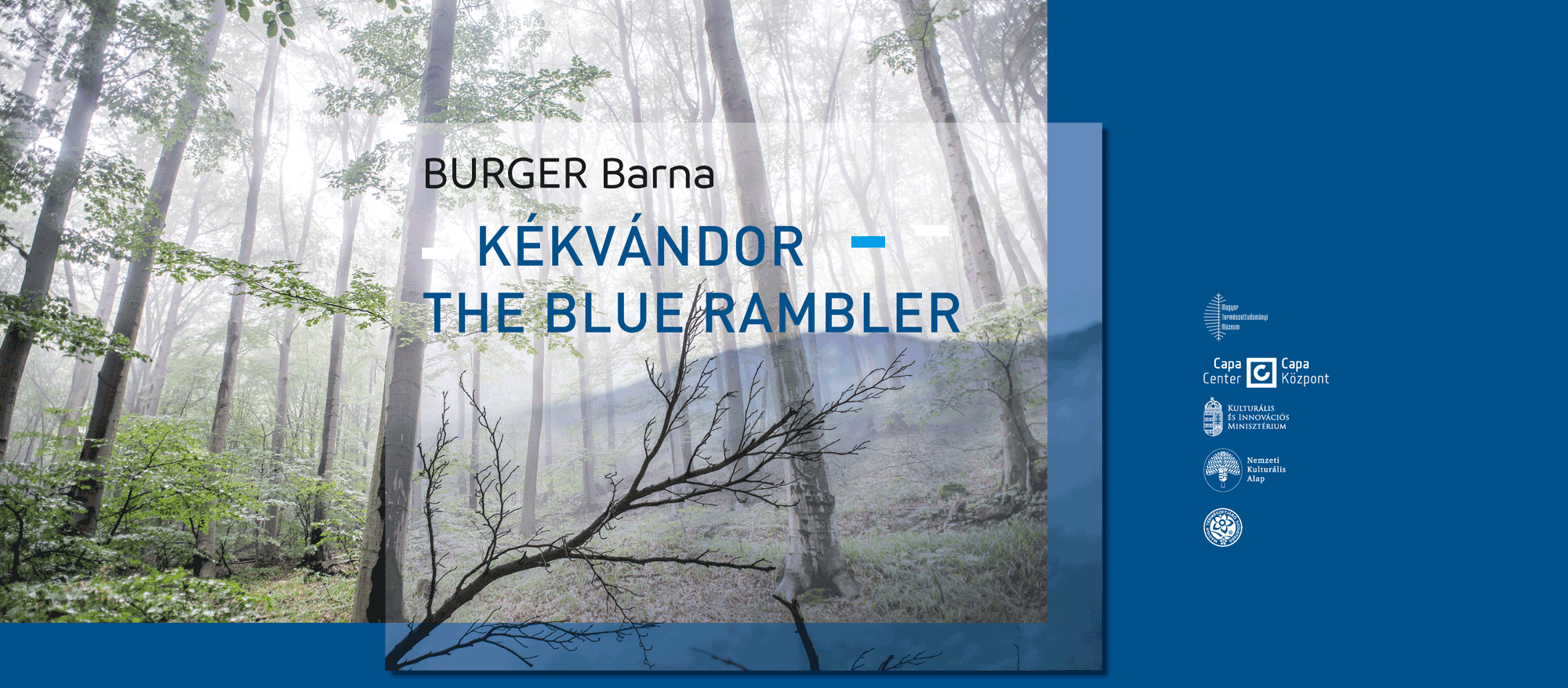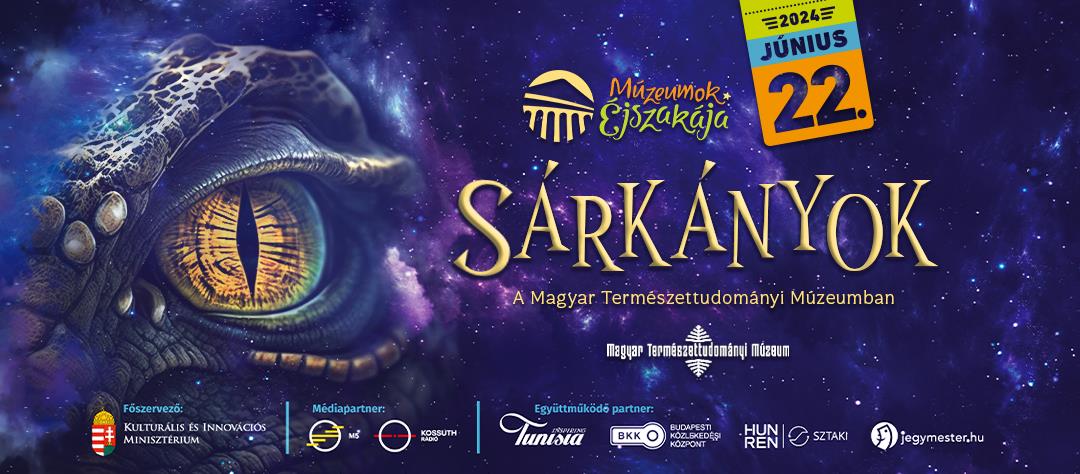Jan van der Made has visited the paleovertebrate collection of the Hungarian Natural History Museum from Madrid within the Synthesys program. After completing his PhD at the University of Utrecht, the scientist moved to Spain where he started working in the Atapuerca project focusing on large mammals, mainly on ungulates. He also works in many other projects in different countries, such as in Algeria, Ethiopia, Marocco and Iran. Currently, Jan is a researcher of the Spanish National Research Council. The reason why he chose our institute was to take measurements and thoroughly analyse the famous collections of Vértesszőlős and Gombaszög in hope to find significant relations comparing to the Spanish paleofauna.
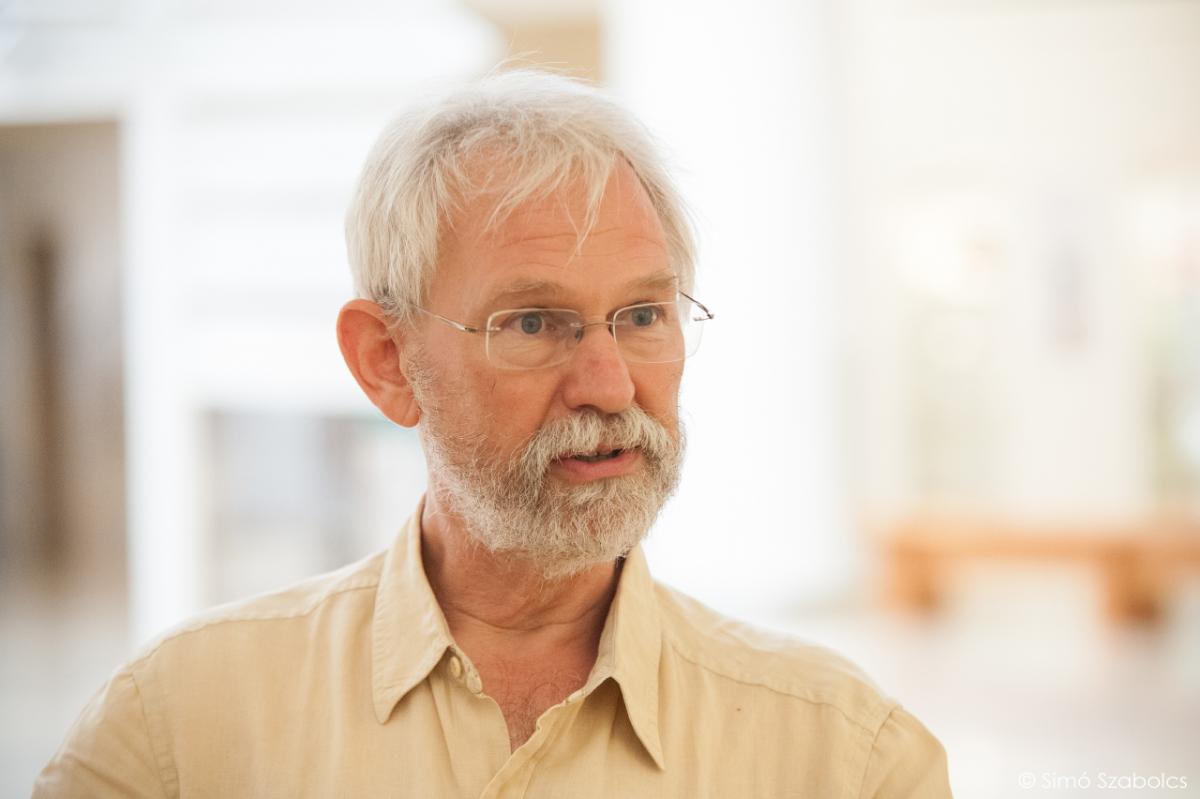
What is your Synthesys project about?
My project is related to the Atapuerca project. We have many levels close to the Early-Middle Pleistocene boundary, which is about 780 thousand years old and defined with paleomagnetism. Our compass indicates north and it was so until back 780 thousand years ago, but before that, the paleomagnetic field of the Earth was completely the other way around so our compass would indicate south instead of north. We can not only detect the paleomagnetism but also the shifts in sedimentary rocks which were deposited that time. My main objective is to recognize this time period studying changes in the fossil records in many different levels and also from different parts of the world. In this museum for instance, we have an interesting fauna from Gömbaszög (Gombasek the Slovakian name of the village) and another famous and compelling fossil record from Vértesszőlős, which has about the same age as a certain level of Atapuerca. What Atapuerca and Vértesszőlős have in common is the fact that there are indications of human presence. Because of the similar ages of the Spanish and the Hungarian fossils I would like to make faunal comparisons in order to reveal relationships or differences.
Excavation of unit TD10 of Gran Dolina in the Atapuerca Hills (Spain). This unit dates from approximately 300 to 400 thousand years ago and is close in age to Vértesszőlős (Photo: Jan van der Made)
What kind of evolutionary changes do you see between the mentioned levels?
Well, each group is different and show different marks in evolution, but there are common features in animals and lineages, such as size changes, the increase in robustness of metacarpals or metatarsals. If you measure the length and the width of these particular bones, you find that many groups became more robust. I think this is probably an indication of social organization and an evolution to live in different ways in different habitats. There are also other kinds of evolution, for instance the changes of the teeth proportions, however, that is not tightly related to my research here. The second part of my visit is about measuring metapodial proportions.

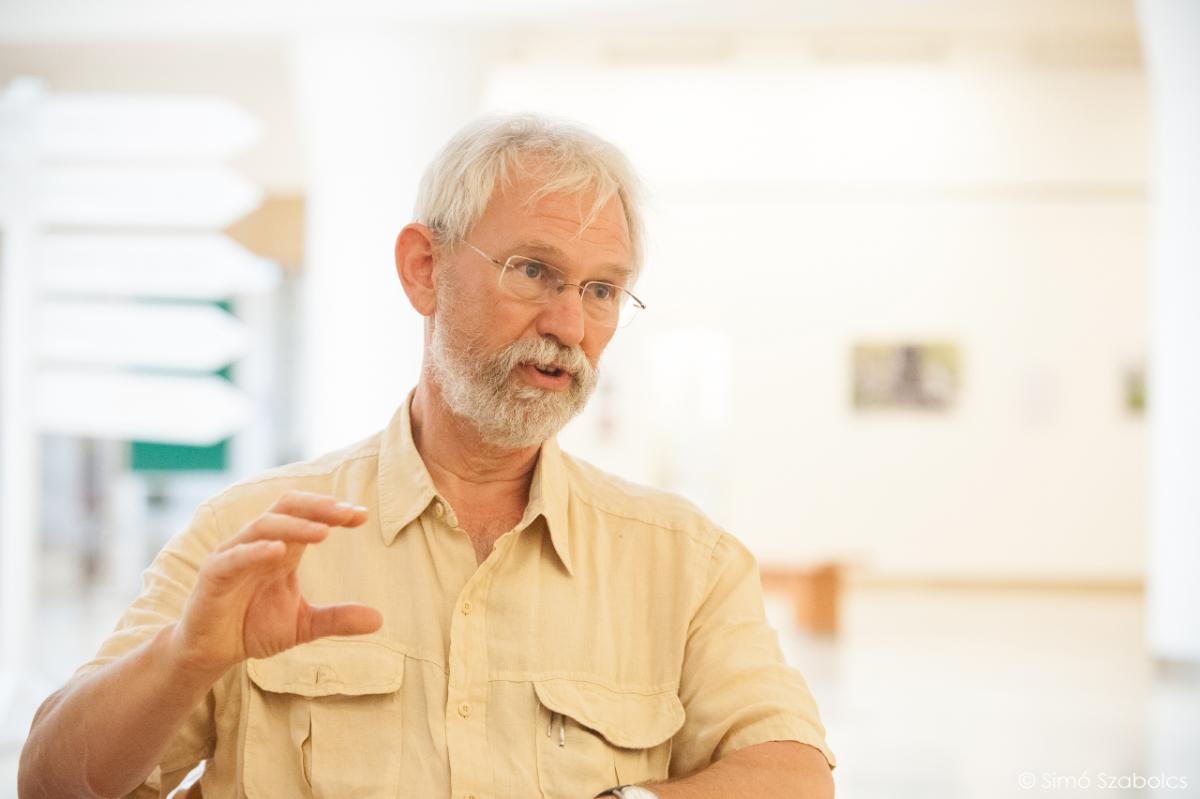
Do you also make estimations about paleoenvironment and paleoclimate?
Not so much. Actually, paleontologists used to study animals, habitat and climate altogether. However, we know well the effects of the Milankovitch cycles[1] on global climate and faunas. If you find reindeer in France, you know there was a cold period, and if you find fallow deer in the far in the North, you know that there was a period with a warm climate when these animals were lived. Each time physical dating techniques become more precise and more decisive in the interpretation of the environmental reconstruction. There are many other means which can be useful to infer the temperature of a certain moment, moisture or the food of the animals. Because of this, we are shifting in paleontology: we do not try to estimate so much the environment anymore, but we try to relate the known changes in the environment to evolutionary changes in the morphology of the animals and try to infer their changes in behaviour.
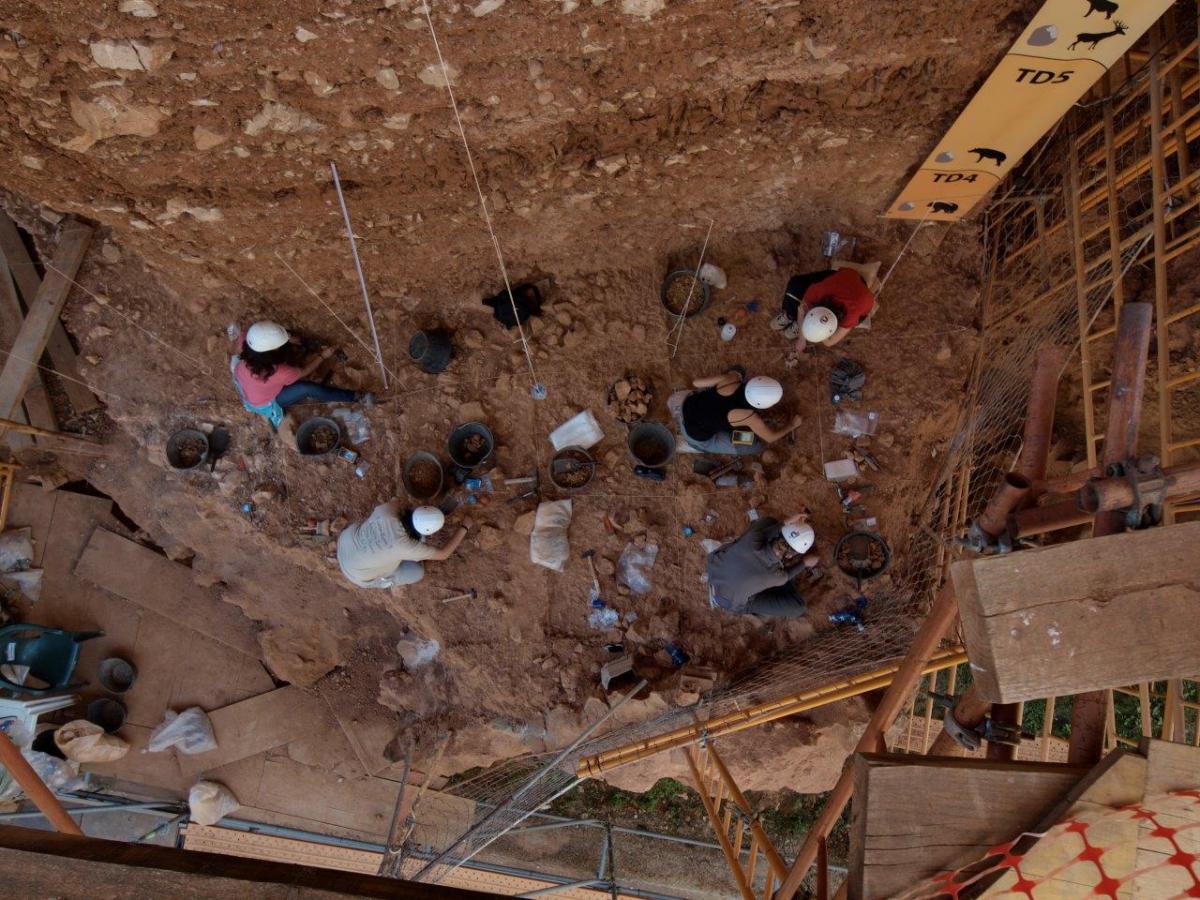
Excavation of unit TD4 of Gran Dolina. This unit is close in age to Gombaszög. Stone tools were found in both TD4 and 6.The upper most unit seen in the wall is TD6. This unit dates to about 936 thousand years ago and yielded many human remains, which were used to define the species Homo antecessor. A palaeomagnetic change dating to 780 thousand years ago was detected still higher up between TD7 and 8 (Photo: Jan van der Made)
Why did you choose big mammals to track evolutionary changes?
Small mammals are also good indicators as they evolve very rapidly, and reptiles or amphibians are also sensitive for environmental conditions. While in the case of rodents you rather make dental examinations and relate it to what is known of the closest living species, in the case of large mammals you also study the postcranial bones (all the skeleton apart from the skull). There is a variation in sizes of large mammals on an evolutionary scale. If you take exactly the same individual and make it twice as tall, then the surface becomes four times bigger. Think of the cube. If you make a cube twice bigger but with the same shape, the surface becomes four times and the volume becomes eight times larger. Try to imagine what if we were twice bigger. There is a difference between our strength and our body weight. The body weight grows with our volume, so if we get twice as tall we become eight times as heavy with the same shape. And let’s see what happens with the muscles. The section determines the strength of our muscles, as the section is the surface. So if we became twice as tall, we would be eight times as heavy and four times as strong. But it also means that in comparison with our weight we would actually become half as strong. As a result, we would not be able to jump so far for instance. The rule is similar for the bones. So we have to change our shape and adapt to this different kind of proportion between strength and weight. We can look at the animals in the same way but since the muscles do not fossilize, we have to study the bones. An animal which is adapted to run needs different bones than an animal which is adapted differently.
Besides, there is another interesting thing. Many of the fossils come from archeological excavations. Large mammal bones can be found together with humans and sometimes we know that they were hunted because there are cut marks on bones made with stone, which you can differentiate from the marks produced by the teeth of carnivores.
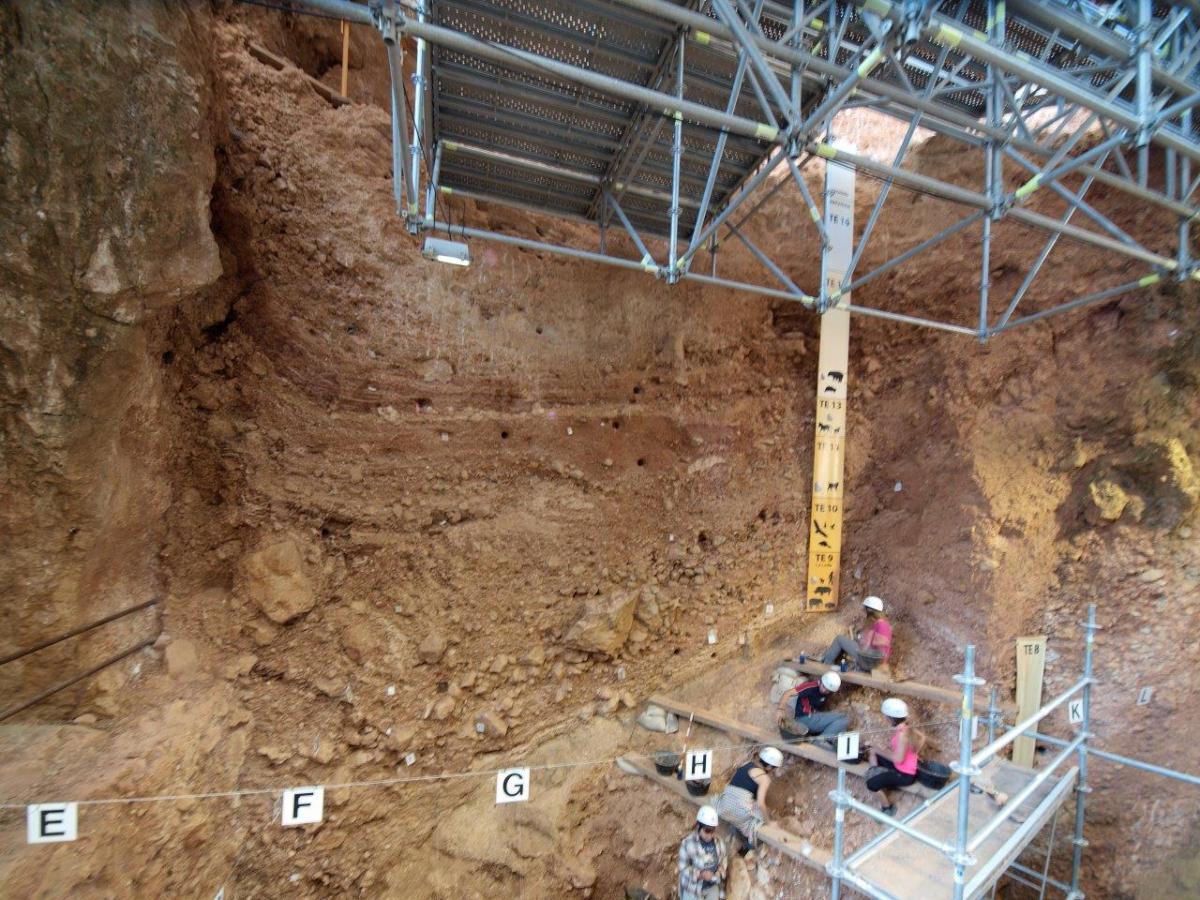
Excavation of unit TE9 of Sima del Elefante in the Sierra de Atapuerca. This unit dates to approximately 1.2 million years ago and yielded fossil remains of the earliest Europeans (Photo: Jan van der Made)
Could you tell us why the fossils of Gömbaszög and Vértesszőlős are so special?
Gombaszög was belived to be either from the Early- Middle Pleistocene or the Latest- Early Pleistocene, meaning about 780 thousand years old, but it was not clear yet. Looking at the fauna, I think it is close to one million years old, which is older than the time of a big faunal change. I am searching for different localities to map what happened and when it happened and which animal changed in the certain moment. In general, there is not enough data, so Gombaszög is an important locality about this interesting period. Between 1.2 million and 1 million years ago there was a radical change in the climatic system of Earth; the ice ages became important bringing many changes in the fauna. One of them was the entry of humans in Europe and bison also came for the first time. So there was a whole series of migration of different animals from Africa or Asia to Europe. The fossils of Vértesszőlős are mainly from the Middle Pleistocene when other things were happening, basically other humans were coming to Europe bringing different kind of stone tools originally from Africa, but they may have been living for a half million years in Asia before they moved to Europe. These localities like Vértesszőlős and Atapuerca provide information of this period.
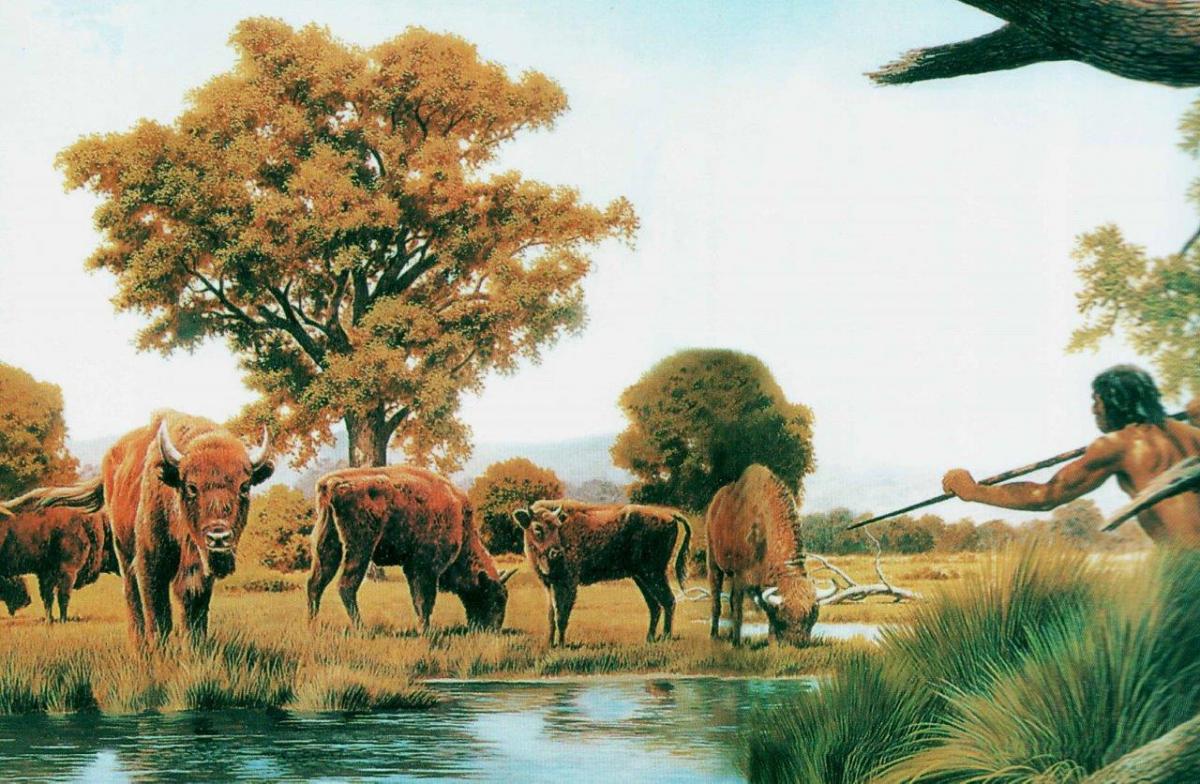
The scene of a possible bison hunt at Atapuerca during the time of Galería TG10-11 by Mauricio Antón. These units are a little younger than Vértesszőlős
What kind of analytical methods do you use?
Generally, I measure bones and make drawings to see the shapes and the structures well and also take a lot of photographs as a basis of morphological comparisons. I usually measure the length of bones, but if the bones are robust or thicker, I make two measurements and a calculation of the robustness index. You can also look at the teeth to define what ungulate animals ate. If the crowns are flat, they might have been grazers but if not, they were likely browsers. Browsers are the animals which select low quantities of high quality food and grazers eat poor nutrition plants in huge quantities, like grass. You can examine the trace of different feeding strategies, looking for stretches and pits on the surface of the teeth with high magnification using scanning electron microscope. However, during my research I usually make measurements and rarely need this kind of analysis.

How do you assess the gained measurement data?
If I study the fauna, I want to determine all of the animals that are there. In order to make a graph I select a bone feature which evolves or take different sizes of the teeth. Then I put the different localities in chronological order from old to young and illustrate measurements with dots. This data can represent a range or average curve and make size changes visible in a time scale. The result is a diagram or a graph where size changes can be tracked.

Could you tell us more about your future plans?
This year I have one other Synthesys visit to Copenhagen where I would like to study bison. Actually it is a bit related to the (re)introduction of bison in Spain. In Spain, they made a law that if animals lived in historic times and they got extinct, they can be reintroduced in the wild without any problems. But if they are not proved to live in historic times, they cannot be introduced in wild only in fenced areas of private properties where the animals cannot get out. I know that in the Pleistocene there were many bison all over Spain. In Atapuerca for instance, in the level which is as old as Vértesszőlős, we have sixty individuals. Today the bison is not on the list of extinct animals, so at this moment it is introduced only in fenced areas. Now the purpose is to have them included in the new list. I received some money from the Ministry to send an archeologist to Holocene localities to see whether there is Bison bonasus, which is the living species. Until recently it was believed to be less than 9 thousand years old and only a half year ago they published that this species arose from interbreeding of ox, as the ancestor of cows, and the primitive species of Bison priscus, which lived in the Pleistocene and was also in Spain. At this moment we are not lucky yet but there is still hope to find remains.
Written by: Krisztián Kucska, Bernadett Döme
Photos: Szabolcs Simó
Excavation photos by Jan van der Made
Oil painting made by Mauricio Antón
